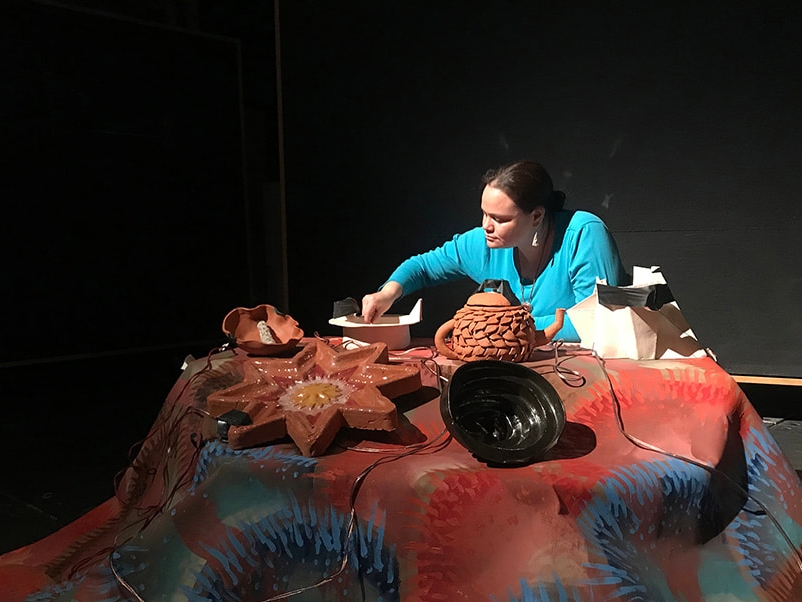
Material Movements in Noise Music
- 9:00 pm
- May 18, 2020
- No Comments


- Material Movements Sound Experience 00:00
In aesthetic terms, the category of ‘sound’ is often split in two: ‘noise’, which is chaotic, unfamiliar, and offensive; and ‘music’, which is harmonious, resonant, and divine. These opposing concepts are brought together in the phenomenon of Noise Music. Noise Music is characterized by abrasive frequencies and profuse volume. Noise has been considered a polluted form in an antagonistic relationship with traditional music. But while critics often point to the undefined structure as indicative of the aesthetic project’s limitations, we claim that indeterminacy itself becomes central to meaningful expression when the social context of Noise is considered. Noise is unpredictable in construction, yet reliably predictable, making it a particularly useful case study for questions of meaning-making. We experience Noise as engaging, meaningful, and empowering. We argue that uncertainty, rather than an obstacle to meaning-making, serves as the very symbol of openness, creativity, and community in Noise. Reassessing Noise as essentially live performance reveals the ways that the genre’s perpetually unfixed sonic content leads to fluid spaces of interaction and interpretation. But there’s a more fundamental sense in which noise matters in all of our musical lives. And that’s because, without noise, there would be no music.
My process, in relation to my research, was formulated by creating multiple recordings of new audios made from the manipulation of objects from home inspired by Section 8 sound archives. These audios were used to mimic the genre of Noise Music. Creating and performing new sounds came in the form of using the plain object itself or changing it in various ways to get different sounds. Formally, I performed each new sound on a neutral background to be later imported into Premiere Pro to edit and organize.
When I was composing all the recordings I had, I was aware of how audio layered and created new atmospheres and experiences. I was mindful of when I made stops, crashes, overwhelming activity, and contemplative moments. I also noticed the additional dimension I created if one were to only listen to the audio- there is almost a sensational feeling that is experienced in trying to match the sound with their object or in trying to make associations. For example, when editing, I tried to turn the visual timeline off while I played with the recordings so that I could just use my auditory senses. In doing this, I realized that the beginning of my composition sounded a lot like a thunderstorm that pitters off at the end. Other examples of sound combinations made my skin tingle or made me grind my teeth.
After using Reaper and Premiere, I installed and projected the complete video composition that showcases the accumulation of the objects and movements in my living room above the piano, a place of traditional music-making in my house. This choice was intentional because it serves as a break from, a departure from, music to Noise Music even more dramatically by putting them in the same environment and context.
In terms of documenting my installation, I filmed it from several perspectives to bring to attention the space and volume that the piece’s visual and audio form fills, and how it reacts with its environment. As another component, I created a physical (and digital) booklet that features all the objects that appear in the noise music composition as a way to give viewers a tangible material to peruse that will connect them with what they are watching.
Artists of Noise that I relied on include the 1910s-1960s artists like Luigi Russolo, who was one of the original artists of noise, who made and performed with new noise-producing instruments. And in New York, Edgard Varèse used sirens, alarms, wind-machines, and lion’s roars in his huge orchestral hymn. Varèse and the Futurists were predecessors of the 20th century’s most famous noise artist, John Cage, who made the “silent piece”, 4’33’.”
Video and Artist References:
https://www.youtube.com/watch?v=dGrN6PeIiOU, People of Do Noise (2008) Documentary
https://www.youtube.com/watch?v=aLZ7yVszwgk, Waterwalk by John Cage
https://www.youtube.com/watch?v=58XjuGAla5U, Noise with John Cage 1966
Research Links:
https://www.theguardian.com/music/2008/nov/10/squarepusher-paul-hegarty-noise
https://www.bbc.co.uk/programmes/articles/5C7VQGPHs31YJPPYfLP3X81/when-does-noise-become-music
---
- 00:00
Since doing this exploratory research project on Noise Music, I feel the world is more poetic in ways. The sounds that I used to find annoying and distracting seem to be a little more enjoyable because I am now aware that they sometimes rest on the fine line of noise and music, rather than pure “noise” as I grew up understanding. The meaningless hum of my water system in the basement and the passing motorcycles outside are atmospheric and lively, unpredictable and unreplicable. Noise Music is not the kind of sound people typically listen to for pleasure, but it offers a different experience that can be considered chaotically organized, intentional, and experimental. It is a challenge to what we think is music. The characteristics that define Noise Music are its strengths.

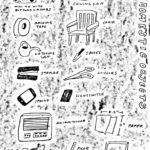
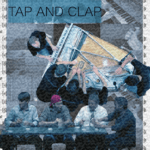
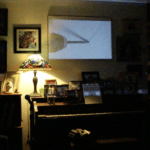
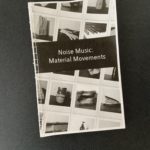
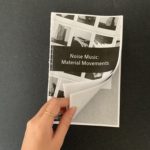
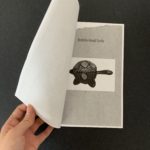
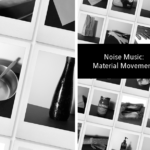
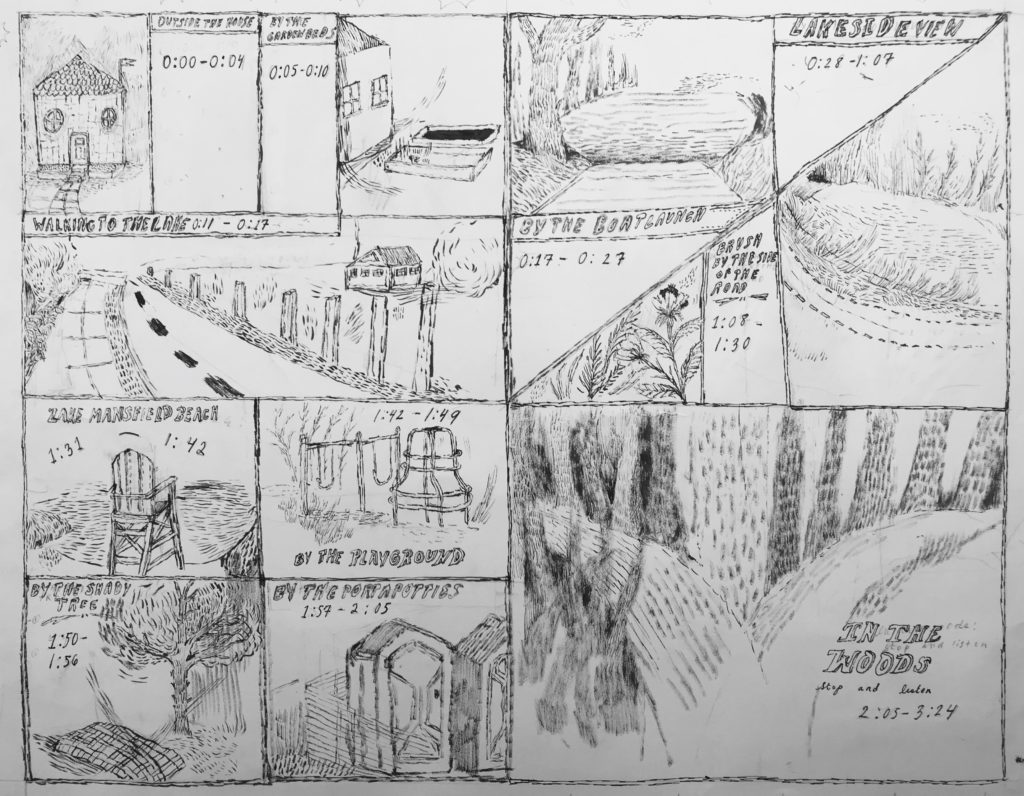

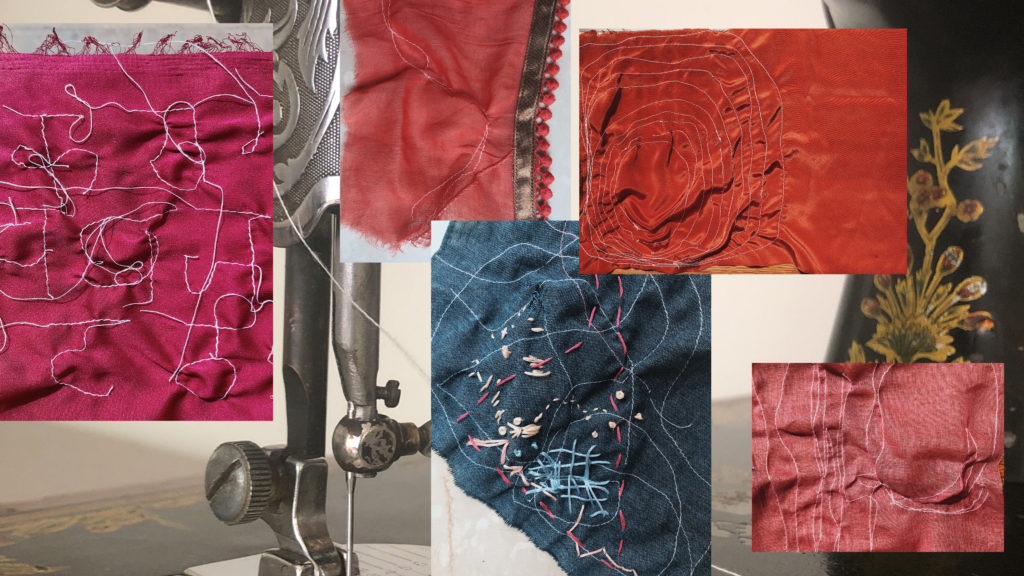
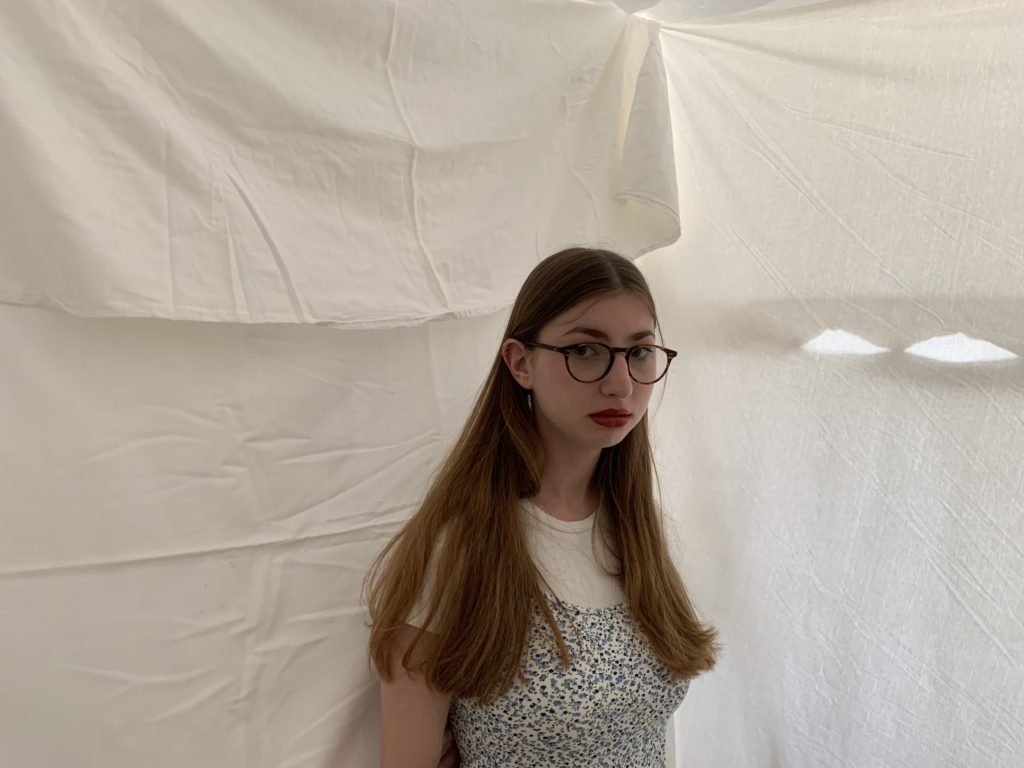
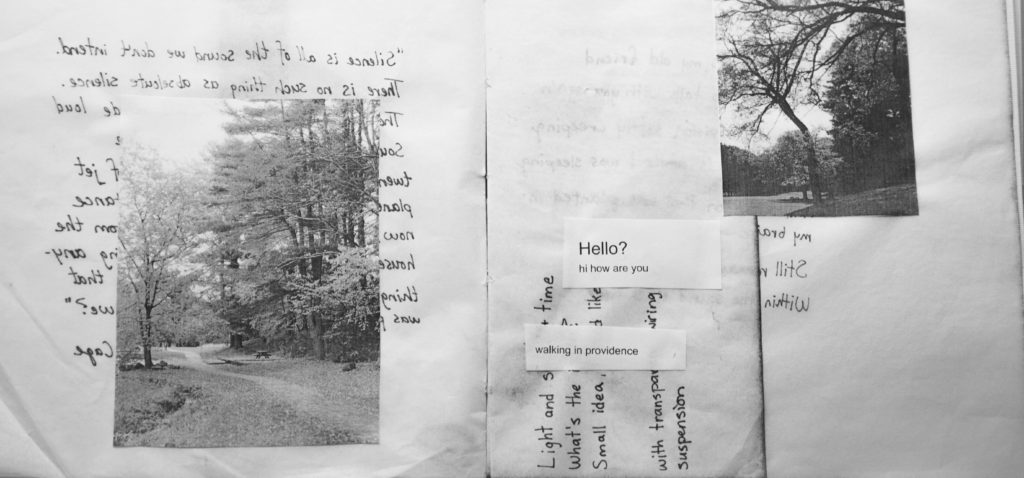
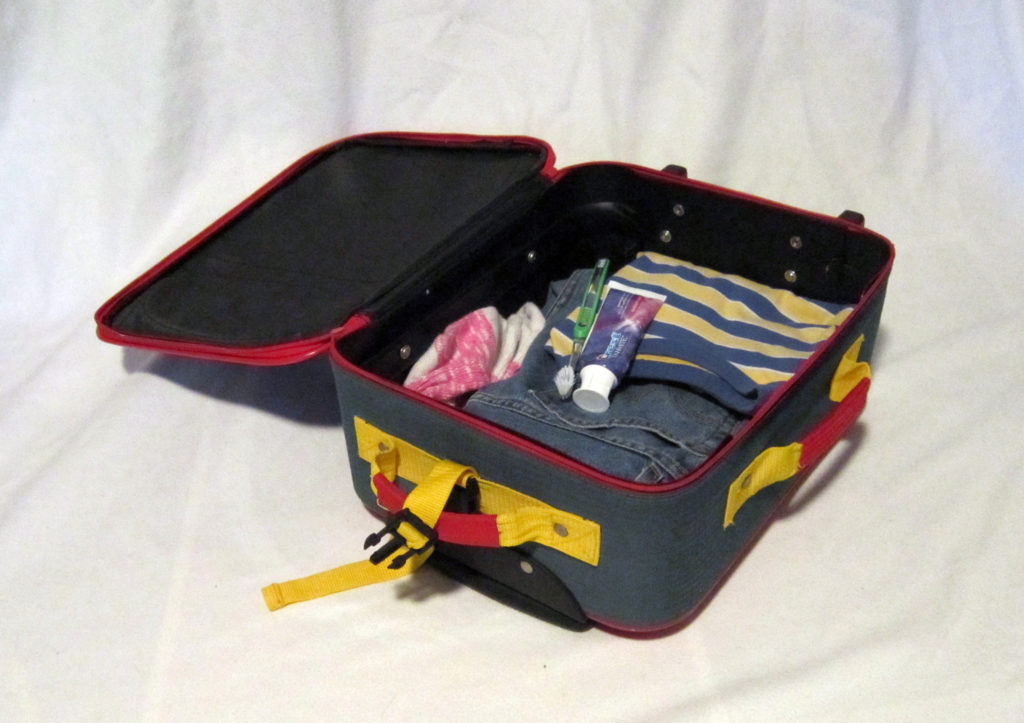

Responses